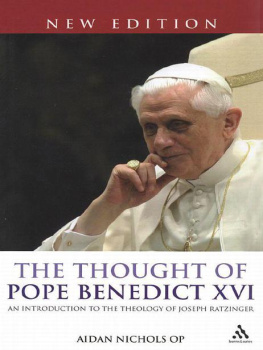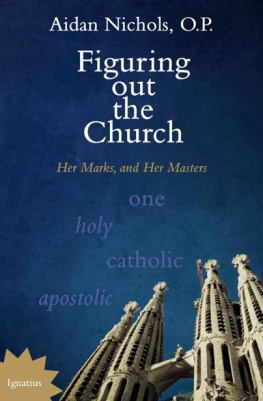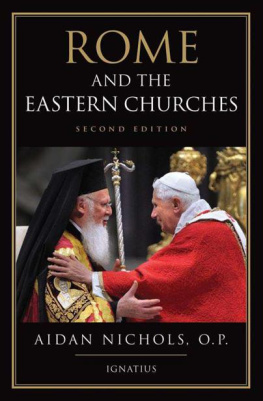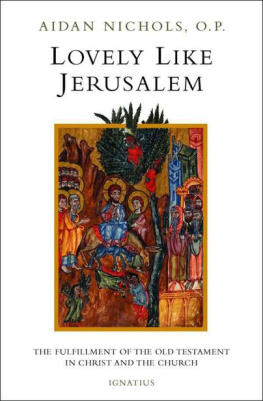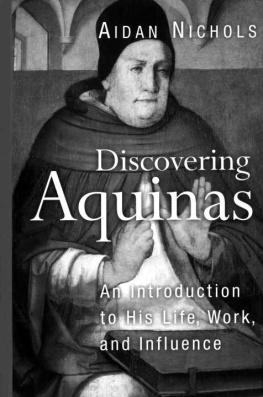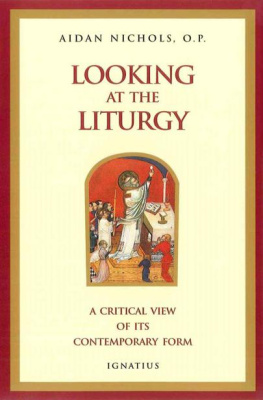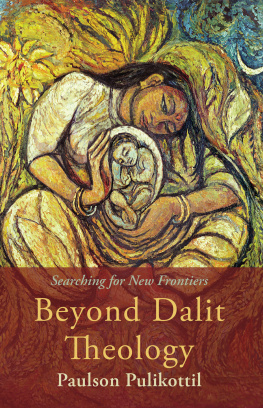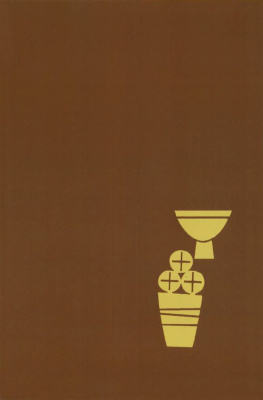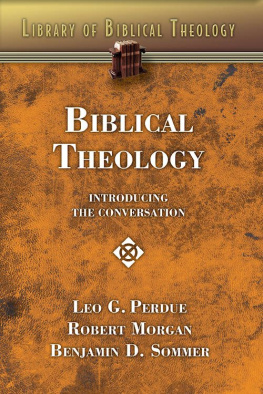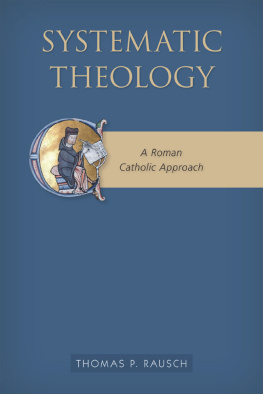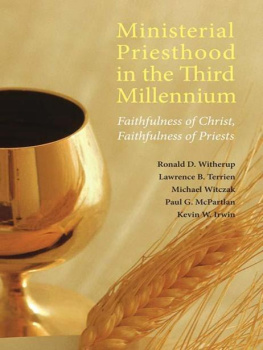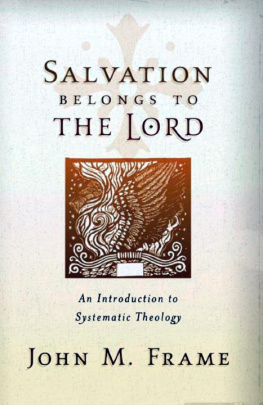Aidan Nichols, O. P.
Chalice of God
A Systematic
Theology
in Outline

LITURGICAL PRESS
Collegeville, Minnesota
www.litpress.org
Cover and jacket design by David Manahan, OSB. Chalice, sixteenth century, Russian State Museum, St. Petersburg. R. Grierson, ed., Gates of Mystery: The Art of Holy Russia (Fort Worth, TX: Intercultura, 1994), p. 95. Background image provided by Thinkstock.
Excerpts from documents of the Second Vatican Council are from Vatican Council II: The Basic Sixteen Documents, by Austin Flannery, OP 1996 (Costello Publishing Company, Inc.). Used with permission.
Scripture texts in this work are from the Revised Standard Version of the Bible, copyright 1952 [2nd edition, 1971] by the Division of Christian Education of the National Council of the Churches of Christ in the United States of America. Used by permission. All rights reserved.
2012 by Order of Saint Benedict, Collegeville, Minnesota. All rights reserved. No part of this book may be reproduced in any form, by print, microfilm, microfiche, mechanical recording, photocopying, translation, or by any other means, known or yet unknown, for any purpose except brief quotations in reviews, without the previous written permission of Liturgical Press, Saint Johns Abbey, PO Box 7500, Collegeville, Minnesota 56321-7500. Printed in the United States of America.

Library of Congress Cataloging-in-Publication Data
Nichols, Aidan.
Chalice of God: a systematic theology in outline / Aidan Nichols.
p. cm.
Includes bibliographical references (p. ).
ISBN 978-0-8146-3431-8 ISBN 978-0-8146-3432-5 (e-book)
1. Catholic ChurchDoctrines. 2. Theology, Doctrinal. I. Title.
BX1751.3.N53 2012
For Christians believed not only that the temporal world was an expression of Gods will and wisdomin something like the way that pagans had believed that it was ruled and shaped by the gods, or that it was a shadow of the world of the Ideasbut that God had entered into that world, using its analogous resemblance to him in order to form it into a vessel for his actual presence.
S. Caldecott, Beauty for Truths Sake
Contents
1.1 A Basic Concept of Theology
1.2 The Specificity of Systematics
1.3 A Philosophical Principle of Order
1.4 A Theological Principle of Order
2.1 Preamble
2.2 An Ontology Suited to the Demands of Philosophy
2.3 The Key Ontological Terms
2.4 An Ontology Suited to the Demands of Theology
3.1 A Fundamental Hermeneutic
3.2 The Christological Determinant
3.3 The Mission of the Messiah
3.4 The Missions Fulfillment
3.5 The Divinity of the Sent and Anointed One
4.1 The Theology of Tradition
4.2 An Ecclesiology
4.3 The Sacred Liturgy and Tradition
5.1 Revelation and the Greater Mysteries
5.2 The Drama of the Greater Mysteries as the Archetype of Christian Existence
5.3 The Sacraments as the Lesser Mysteries
5.4 Christian Morality as Mystical Tropology
5.5 Coinherence in the Mysteries: The Mother of God and the Communion of Saints
5.6 The Principle Underlying the Transposition of the Mysteries: The Work of Grace
5.7 The Icons of Grace: Society and State, Household and Friendship, Arts and Sciences
5.8 The Extension of the Pattern: Mission and Dialogue
5.9 Total Interpretation: Universal History
6.1 The Trinity as Expositionally Taught
6.2 The Trinity as Found in the Paschal Mystery
6.3 The Indwelling Trinity
6.4 The Trinity as Protology and Eschatology
Preface
I am using this preface to explain to the reader why this book has the unusual format that it does.
The first thing that will strike him or her is that the first person singular occurs more than is customary in a theological work. This is because, as the introduction will start by saying, this text is meant to be something of a manifesto, where my own personal convictions about how best to proceed in expounding theology are aired. I hope it is not too much to claim for it the status of a fresh approach to the Catholic understanding of the world and human existence in revelations light. To see just what this fresh approach amounts to, readers will have to read the book. And, since it is a kind of manifesto, this need not take them too long. In any case, the epigram from the writings of Stratford Caldecott which precedes this preface will give them a taster.
It is because the book is in the nature of a personal declaration that I include a list of my published writings hitherto. I have not put that in so as to give myself a pat on the back. Rather, the list is there for two reasons. The first is straightforward: it is to show that plenty of solid reading and writing has gone on in my life before Ive ventured to present anything as adventurous as a theological manifesto. The other reason is more subtle: I think my attraction to a particular set of theological writers, or my approach to theological topics Ive considered in the past, was guided by an implicit sense of the theological vision I have here articulated in concise form.
Then there is something else the reader will pick up. After the introduction, this book does not consist of continuous prose. Rather, each chapter is made up of distinct theses separated from each other by numbers. This has two explanations, one theoretical and the other practical. The theoretical explanation is that there may well be people who do not want to buy into the whole package I am offering, but who nevertheless would like to take away from it particular parts to be used again elsewhere, fitted into other patterns of thinking. The practical explanation is that the distinct theses could well serve as starting points for discussion in, for example, classes for students of theology in universities or seminaries or even online.
The next peculiarity is that particular theses are frequently punctuated by cross-references to other theses in the book, whether these have preceded or are going to come after. This is not relevant to the manifesto form so much as to the other category in which a librarian might choose to catalogue this booknamely, as a short systematics. The whole point of a systematics, as distinct from a dogmatics or what I have elsewhere called a theological introduction to Catholicism, is that everything is quite consciously made to interlock with everything else. The whole thing is organic, or, to change the metaphor, it moves in a circle. The cross-references will, I hope, help the reader to check this out.
Finally, there are a number of images drawn from Byzantine and Russian art. They are included for their own beauty as Christian artworks. But this precisely means these images are there as an inspiration to readers, to let minds and hearts travel up toward the mysteries of which I have written inadequately and yet as well as I could.
Acknowledgments
Permissions have been requested to reprint the following: Intercultura for permission to reproduce the cover image and plate 2; Iskusstvo-XXI Vek for permission to reproduce plates 1, 3, and 6; St. Vladimirs Seminary Press for permission to reproduce plate 4; Skira Editore for permission to reproduce plate 5; and Br. Oliver Keenan, O. P., for his photographic skills in incorporating these images into the text of the book.
At the time of publication, these permissions were still in process. We welcome any aid in securing the permissions for these images.
Other Works by Aidan Nichols
Foundations of the Faith
Next page

